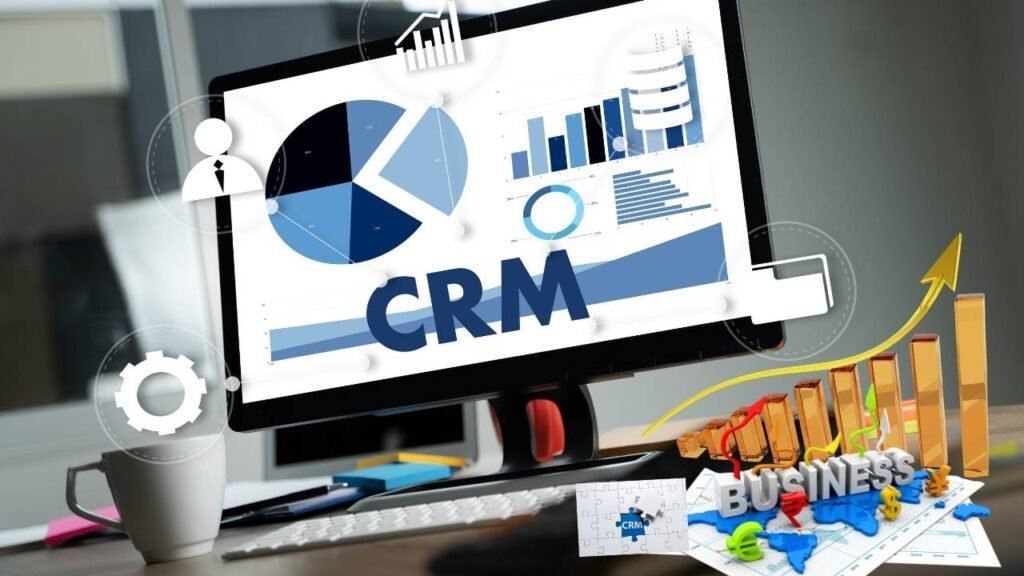- What is a custom CRM?
A custom CRM is a customer relationship management system that is tailored specifically to your business needs, compared to off-the-shelf platforms like Salesforce or HubSpot.
- Why should I build a custom CRM instead of buying one?
Building a custom CRM allows you to eliminate unnecessary costs, remove unwanted features, and solely focus on your business’s actual needs. The overall cost is usually lower for small and mid-sized businesses in the long run.
- Do I have to be a programmer to build a CRM?
No. You can utilize no-code or low-code solutions like Airtable, Bubble, or Zoho Creator to create a working CRM without da eep understanding of coding. While having some technical background does help if you are looking for full customization.
- How much does it cost to build a custom CRM?
Using open-source or no-code software, you can build a custom CRM for as low as $0–$20/month (just hosting & integrations). A fully custom-coded CRM can be much more expensive, but proper planning can allow you to avoid spending thousands of dollars upfront.
- What are some must-have features for a CRM?
At a minimum, a CRM should have:
- Contact Management
- Lead Tracking
- Task & Reminder System
- Pipeline Dashboard, Basic Reports
- Can I use my CRM with other tools?
Yes! You can link it to tools like Mailchimp, Google Calendar, Typeform, and you can also integrate it with platforms like Zapier, so you can benefit from all that automation without having to build everything yourself.
- What obstacles will I encounter while building a custom CRM?
Obstacles can include: technical setup, hidden costs, data security, ongoing maintenance, and team buy-in. A solid plan ahead of time can help avoid many of these obstacles.
- Is open-source CRM software free?
Yes, if you go with platforms like SuiteCRM, EspoCRM, and YetiForce, then they are completely free to use. However, keep in mind you will still need to pay for hosting, domain, and maintenance.
- How can I ensure that I keep costs down when building a CRM?
- Set up with free tiers of SaaS.
- Use open-source software if you want total control.
- Use DigitalOcean or a similar low-cost hosting platform.
- Only build things modularly, so you are only adding features when you need to.
- How do I make my team really use it?
By keeping it simple, intuitive, and aligned with their workflow. Make sure to train them, don’t make it more complicated than it needs to be, and seek feedback from the users early in the engagement.




